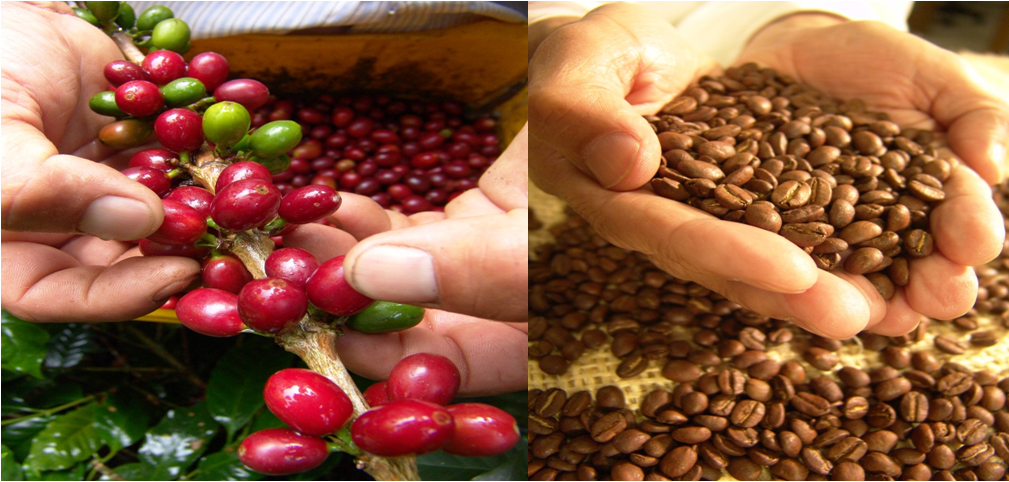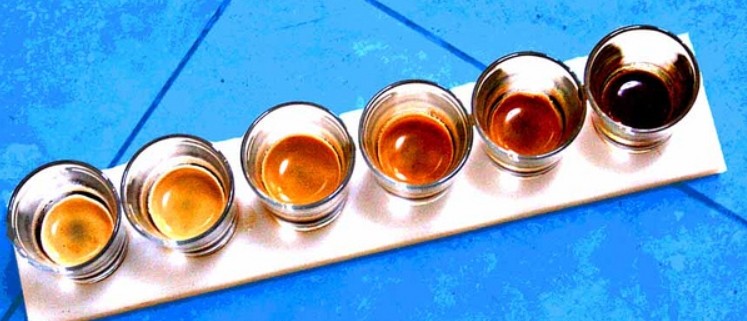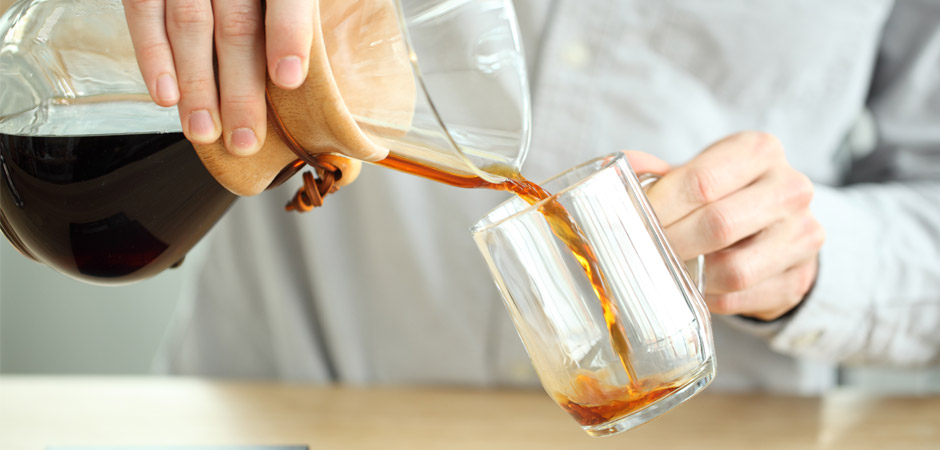Classification of Colombian boutique coffee beans characteristics, taste and brand of Colombian coffee beans

Some ways of grading Colombian boutique coffee beans:
One: according to the law
According to the National Coffee Council, only high-quality coffee beans are allowed to be exported. These are set by the National Coffee Committee.
Business rating: Maragogype Supremo Excelso and UGQ
Boutique rating: Grade AA Grade A Special Grade
Each grade has specific rules in terms of bean size and next degree.
The National Coffee Council and private bean merchants also classify several categories as boutique coffee, usually with organic, sustainable and fair trade certified coffee.
Two: according to the size of the bean body
Maragogype Malagori bark, a special tree species, has a large bean body and a low total yield.
Supremo super grade, no more than 5% of the beans less than 17 mesh but more than 14 mesh in the sample
Supremo screen18+ 18 + super grade, no more than 5% of beans less than 18 mesh but more than 14 mesh in the sample
Excelso Extra is top grade, and the bean body in the sample is less than 16 mesh but not more than 5% above 14 mesh.
Excelso EP is of top grade, with less than 2.5% of beans less than 15 mesh but more than 12 mesh in the sample (this proportion may also be adjusted to 5% or 8% depending on demand)
U.G.Q. General "Usual Good Quality": no more than 1.5% of beans less than 14 mesh but less than 12 mesh in the sample
Three: high-quality coffee beans according to the defect rate
The number of defective beans allowed per 500g sample:
Private raw bean exporter: 72defects
National Coffee Committee: 42defects
There are two kinds of defective beans:
The first one: it's called a first-class defect.
The second kind is called secondary defect.
First: major defects (defects that affect the taste characteristics of coffee): black beans, moldy beans or sour beans
Private raw bean exporters: no more than 12 first-class defective beans
National Coffee Committee: no more than 8 first-class defective beans
Second: secondary defects (defects that affect the appearance of raw beans):
Discolored beans (old beans, over-dried beans, soybeans), broken beans, insect bite beans, shell beans, unripe beans, special-shaped beans
Private raw bean exporters: no more than 60 minor defective beans
National Coffee Committee: no more than 35 secondary defective beans
Note: the number of major defective beans can be replaced by the number of secondary defective beans, and one primary defective bean is equivalent to 10 secondary defective beans.
Boutique coffee
The number of primary defective beans in Grade AA per 500g coffee is zero and the number of secondary defective beans is less than 5.
Grade A has less than 3 primary defective beans and less than 8 secondary defective beans per 500g coffee.
There are less than 8 primary defective beans and less than 35 secondary defective beans per 500g coffee in Grade.
Four: according to the region
Traditionally, Colombian coffee is often called the Armenian / Medellin Gourmet.
A few years ago, coffee began to be sold under the name of region: Popayan, Bucaramanga, Huila, Tolima, Medellin, Nari ñ o became the main coffee producing areas.
There are two distinct coffee production periods in Colombia: Main crop (main season), and (second season) and Mitaca (second season). These two production periods will be different in different regions.
For example, the harvest time of the main season
Bucaramanga10-December
Popayan5- June
The quality of coffee produced in the main season is usually better than that in the next season.
The above four ways of grading coffee beans can also be used in other countries, but different regions and different countries have their own requirements for the quality of coffee beans, but the ones that can be promoted to high-quality coffee are very good coffee. be sure to try boutique coffee if you have a chance.
Source: Beresta's blog
Important Notice :
前街咖啡 FrontStreet Coffee has moved to new addredd:
FrontStreet Coffee Address: 315,Donghua East Road,GuangZhou
Tel:020 38364473
- Prev

Espresso Fat and Coffee Flavor what beans are used in Espresso Espresso caffeine
Skim the coffee fat from the Italian espresso, and the coffee will taste better. Indeed, the coffee oil tastes extremely bitter, and if the oil is removed, the overall taste of the coffee will become sweeter. But traditional coffee makers don't think so. The Italian National espresso Association says the coffee fat on standard Italian espresso should range from hazelnut to dark brown.
- Next

The important difference between boutique coffee and commercial coffee the advantages of boutique coffee beans European Fine Coffee Association
What are boutique coffee beans? What is the difference between fine beans and commercial beans? Boutique coffee, translated from English Specialty Coffee, is a proper noun that does not reach the meaning of the word but has no better translation for the time being. it refers to the coffee with special regional flavor grown in the special geographical and microclimatic environment. The word Specialty Coffee was first used by Ms. Erna Knustsen of the United States in 1974.
Related
- What is the meaning of lactic acid fermentation with coffee bean treatment?
- How to judge the state of foam by sound?
- How does the latte pull out the unicorn pattern? Come to get for a little trick to improve the flower pull!
- Will flower pulling affect the taste of the latte?
- Do you know the history of coffee?
- The difference between honey treatment and sun washing what is raisin honey treatment?
- What kind of milk can a novice use to make coffee foam to keep the foam longer? The correct method and skills of milking tutorial sharing
- Why do washed coffee beans taste sour? Flavor characteristics of washed Coffee
- Introduction to the skill of how to practice the size and height of water injection around the circle of hand-brewed coffee
- How do beginners practice coffee flower drawing from scratch?

